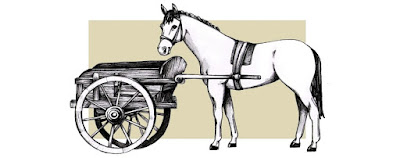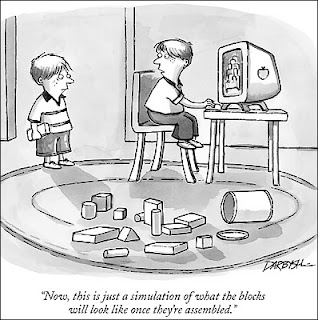All these needs can be satisfied by the creation of a table with rows corresponding to all completed software components and columns corresponding to every released requirement in the software requirements specification (SRS). A check in any position indicates that this design component helps to satisfy this requirement. Notice that a row void of checks indicates that a component has no purpose and a column void of checks indicates an unfulfilled requirement. Some people argue that this table is very difficult to maintain. I would argue that you need this table to design or maintain software. Without the table, you are likely to design a software component incorrectly, spending exorbitant amounts of time during maintenance. The successful creation of such a table depends on your ability to refer uniquely to every requirement.
----
STOP. Do not dismiss the above because it doesn't sound like an agile practice. There is nothing to stop you from creating, maintaining, and using the above table within the framework of scrum. This is really about design and documentation. Being able to document where work for specific requirements is to be, and was, done will drive development toward modular (in its many forms) design.
I have worked with development teams that track this.. kinda. The specification for a project is stored in JIRA with each issue representing each requirement. When an issue is marked resolved the issue is linked to the commit history, code review, and test documentation. It lacks a high-level view but a sufficiently large table would also suffer from the same difficulty. Anyway, it is immensely useful to be able to query JIRA for issues related to a specific feature and have a subset of commits to look at first.






![Magic Square M = [n((n^2) + 1) / 2] (Posted by Jerry Yoakum)](https://edublognss.files.wordpress.com/2013/04/fff-4.png?w=126)



